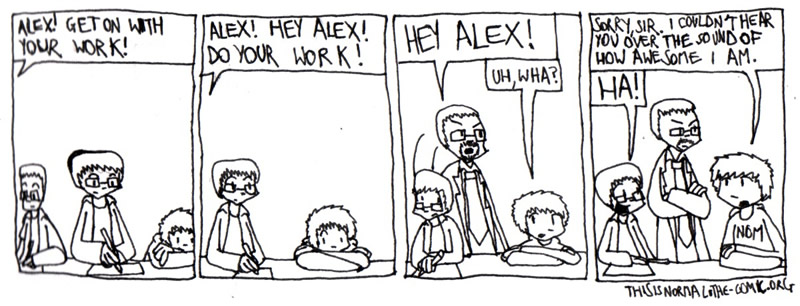

Sleep onset REM periods with polysomnography, which is one of the diagnostic signs of narcolepsy, are observed in PD patients with hallucinations. The possibility of REM intrusions into the waking state as a mechanism of hallucinations has been discussed. RBD is a risk factor for hallucinations in both narcolepsy and PD. The presence of RBD in PD is related to visual hallucinations and cognitive impairment. Patients with PD often experience sleep disturbances, including insomnia, hypersomnia, rapid eye movement (REM) sleep behavior disorder (RBD), and excessive daytime sleepiness. While older age, longer disease duration and dopaminergic treatment were associated with the presence of hallucinations in patients with PD, early-stage and drug-naïve patients also often reported having hallucinations and hallucinatory phenomena. Patients with PD frequently experience hallucinations with insights, including well-structured visual hallucinations and minor hallucinations, during the course of illness. Based on the definition by the National Institute of Neurological Disorders and Stroke and National Institute of Mental Health, hallucinations in Parkinson’s disease (PD) are defined as abnormal perceptions without a physical stimulus that can involve any sensory modality. Sleep-related hallucinations are defined by the American Academy of Sleep Medicine as vivid perceptual experiences that occur as a person falling asleep (hypnagogic) or waking up (hypnopompic).
#Auditory hallucinations while falling asleep full#
Phenomenological discrimination between sleep-related hallucinations and daytime hallucinations is important for elucidating the full pathology in Parkinson’s disease and the mechanisms underlying hallucinations. Sleep-related hallucinations, but not daytime hallucinations, were associated with probable rapid eye movement sleep behavior disorder.


A longer duration of Parkinson’s disease treatment (OR 1.35, 95% CI 1.07 to 1.72), higher Beck Depression Inventory-II scores (OR 1.07 95% CI 1.01 to 1.14), and higher rapid eye movement sleep behavior disorder scores (OR 5.60 95% CI 1.54 to 20.38) were independent factors associated with the presence of sleep-related hallucinations in a multivariable analysis. Of 100 consecutive patients with Parkinson’s disease, 29 (29%) reported sleep-related hallucinations, and 16 (16%) reported hallucinations only in the full wakefulness. Information on hallucinations was collected by using a questionnaire and face-to-face interviews. Therefore, we conducted a multicenter observational study to investigate the prevalence of and factors associated with sleep-related hallucinations in patients with Parkinson’s disease. However, few studies that distinguish the onset situations of hallucinations related to sleep from those that occur in full wakefulness have been conducted to investigate hallucinations in Parkinson’s disease patients. Given that sleep-wake cycle dysfunction can cause hallucinations in Parkinson’s disease patients, sleep-related hallucinations may be a different subtype from hallucinations that occur only during full wakefulness.


 0 kommentar(er)
0 kommentar(er)
